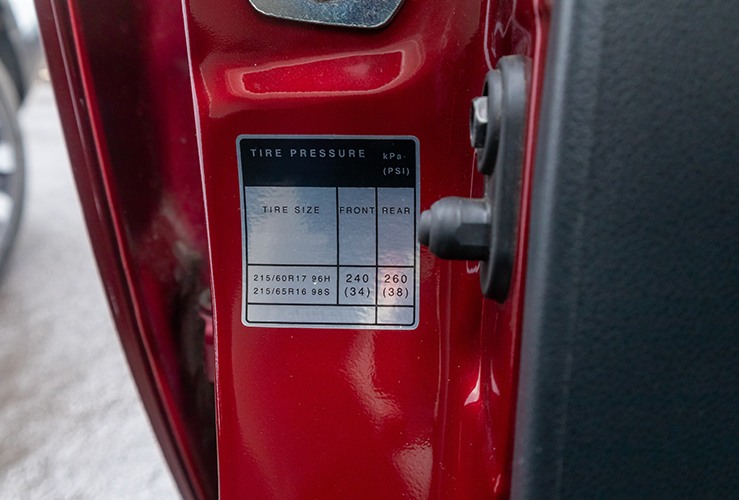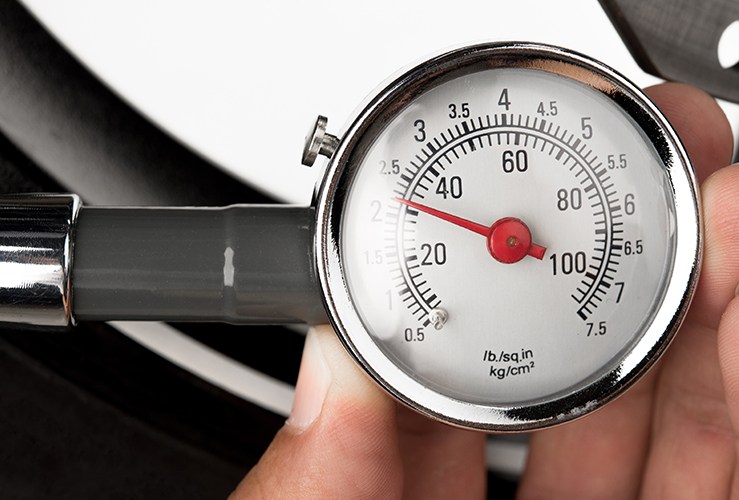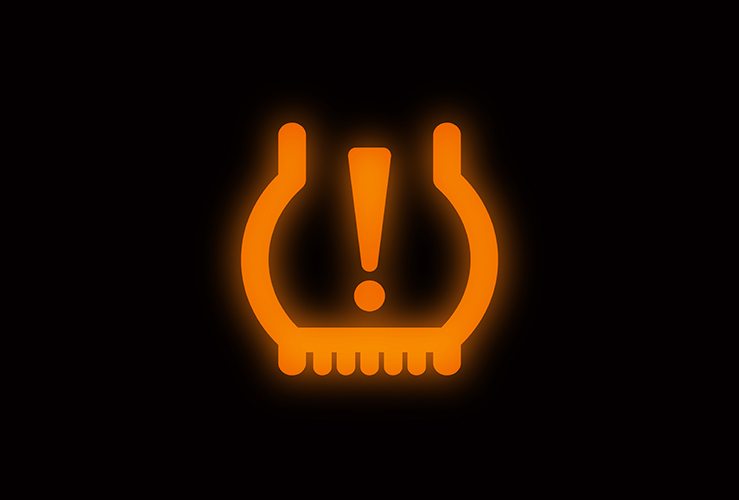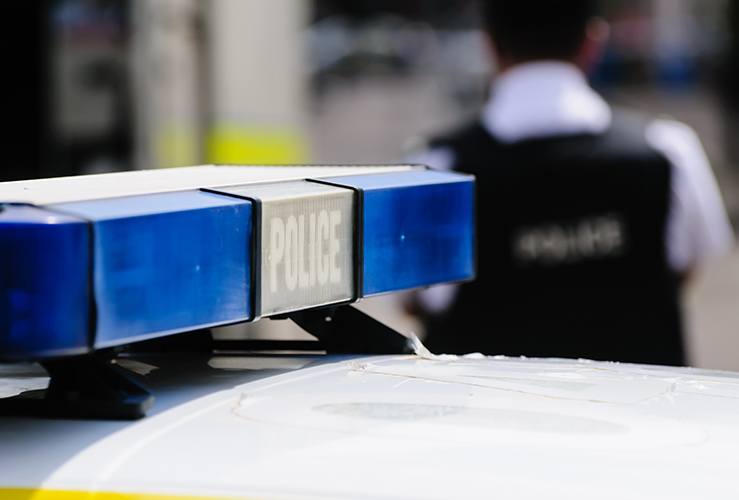The UK is unique in the world of measurements, because it uses both the imperial and metric systems (even though the latter is the official one!). A case in point is BAR vs PSI pressure measurements, where the metric “BAR” is used less commonly than the imperial “PSI”. Read our guide to learn more.
Maintaining the correct tyre pressure for your vehicle is one of the simplest—yet most important—ways to ensure you and your passengers remain safe on the road.
However, with different units like BAR and PSI - things can get a little confusing. To help clear things up, in this guide we break it down so you know what to look for and how to keep your tyres in top condition.
What is tyre pressure?
Tyre pressure is the amount of air inside your tyres. It is measured using a pressure gauge.
Tyre pressure affects:
- Your car’s handling
- Fuel efficiency
- Tyre wear
- Braking performance
If pressure is too low or too high, your tyres won’t perform as they should—and you could be putting yourself, your passengers and other road users at risk.
Tyre pressure units: The difference between PSI and BAR
Tyre pressure is commonly measured in two units:
- PSI (pounds per square inch) – Used mainly in the UK, US, and many parts of the world. PSI is part of the Imperial measurement system, which has roots in medieval England.
- BAR – This is a metric unit used more commonly in Europe, although it may sometimes be used in the UK.
Both tyre pressure units measure the same thing—just in different ways.
Why is it useful to understand BAR as a UK driver?
As a UK driver it’s helpful to understand BAR tyre pressure if you make trips to the European mainland (where fuel stations and garages will use this unit). Cars made in mainland Europe may also list pressure information (in manuals or side door stickers) in BAR.
How do I convert BAR to PSI (and vice versa)?
The difference between PSI and BAR comes down, quite simply, to numbers. You can use this quick formula to convert a BAR tyre pressure reading to a PSI tyre pressure reading:
- 1 BAR = 14.5 PSI
- 1 PSI ≈ 0.069 BAR
Tyre pressure units: BAR vs PSI
BAR | PSI |
1.8 | 26 |
2.0 | 29 |
2.2 | 32 |
2.4 | 35 |
2.5 | 36 |
2.7 | 39 |
3.0 | 44 |
Most cars in the UK recommend between 30–35 PSI (or around 2.1–2.4 BAR) depending on the vehicle and load.

Where do I find the correct tyre pressure for my car?
Whether PSI or BAR, pressure details should be found in these locations:
- Inside the driver’s door frame
- On the fuel cap
- In the vehicle owner’s manual
- On a sticker inside the glovebox
Note that these may list different pressures for front and rear tyres, as well as separate values for normal driving vs. carrying a full load.
What is the tyre pressure on my car?
How do I check and adjust my tyre pressure?
- Use a tyre pressure gauge (available at fuel stations or garages - often for free)
- Remove the valve cap from your tyre
- Press the gauge firmly onto the valve
- Check the reading
- If low, inflate to the correct level; if too high, release air slowly
- Replace the valve cap
You should check your tyre pressure at least once a month—and always before long trips.
Signs your tyre pressure may be incorrect
There are a number of warning signs that your car’s tyres may not be correctly pressurised. These include:
- Uneven tyre wear
- Steering feels heavy or sluggish
- Increased fuel consumption
- TPMS (Tyre Pressure Monitoring System) warning light (on modern vehicles)
Avoiding breakdowns - and the dreaded tyre blowout
According to Highways England and recovery service data, there are around 3,000 tyre-related breakdowns in the UK every month. That equates to around 36,000 such incidents every year.
And data from 2021 revealed there were 41,500 tyre-related breakdowns when the UK is looked at as a whole.
A large proportion of these are due to underinflation, overinflation, worn tyres, or blowouts.
The ‘blowout’ - while not exactly common - does happen, and can make it difficult to stay in control of a vehicle. Contrary to what you might think, most blowouts occur due to underinflation rather than overinflation.
Blowouts can cause:
- Loss of steering control
- Vehicle spin
- Collisions or multi-car pile-ups
Penalties for not looking after your tyres
Worn tyres are one of the most common reasons for MOT failure. Additionally, if you’re found to have tyres that are in poor condition or incorrectly pressurised, you could be fined £2,500 and 3 penalty points per tyre.
Under pressure: Top tips
- Always check pressure when tyres are cold (because heat increases pressure)
- Don’t forget to check your spare tyre, too
- Note that overinflated tyres can reduce grip and increase wear in the centre
- Underinflated tyres, meanwhile, reduce fuel efficiency and can overheat
Keeping your tyres at the right pressure helps you drive safer, save money, and extend the life of your tyres. Whether you use BAR or PSI, carrying out a check only takes a minute—and could help you avoid a serious problem down the road.







